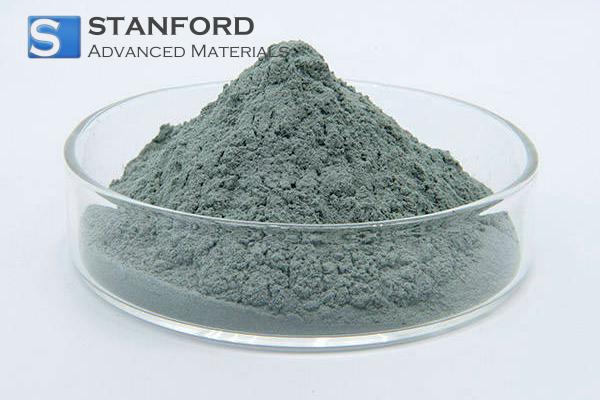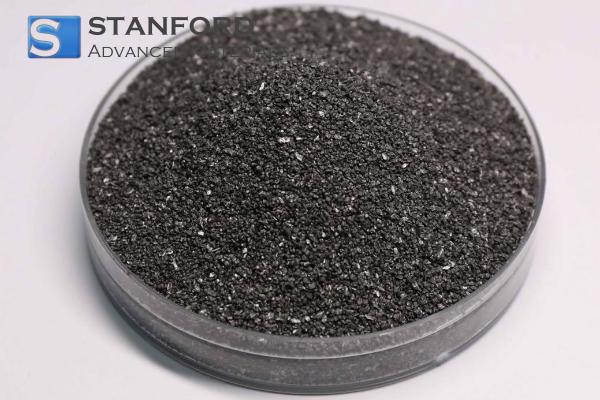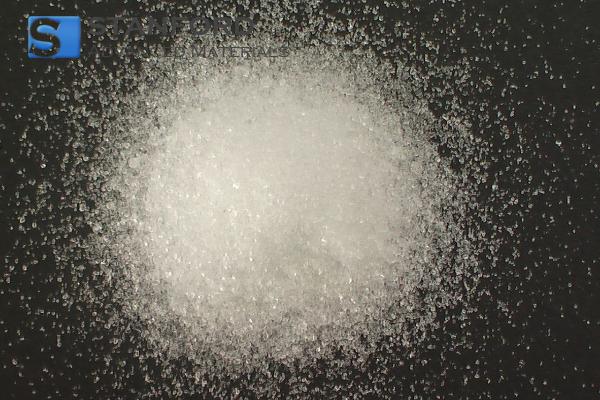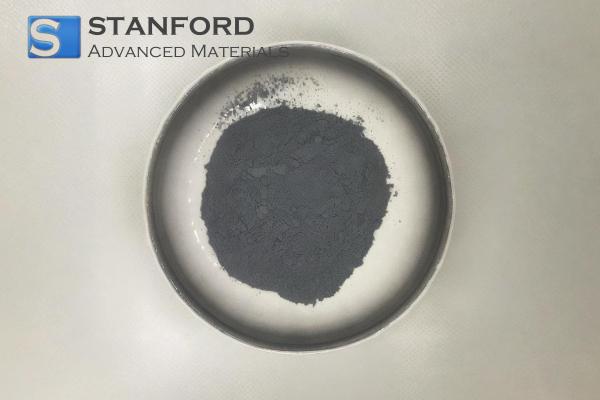Reflectivity In Physics And Engineering
Description of Reflectivity
Reflectivity is a measure of the amount of light or energy a surface reflects, which is important in many scientific and engineering endeavours.
--What Is Reflectivity
Reflectivity is the ratio of the reflected light or energy to the incident light or energy that a surface returns. Reflectivity is an essential property in material science and optics, as it determines how materials reflect light.
--Reflectivity vs Reflectance
Although synonymously utilised, reflectivity and reflectance are not the same. Reflectivity is a property of a material defined as the ability of the material to reflect energy at every wavelength. Reflectance is the measure of reflected light against incident light at any given wavelength and angle.
--Reflectivity vs Emissivity
Reflectivity and emissivity are opposite properties. Reflectivity measures the capability of an object to radiate energy as thermal radiation. Kirchhoff's law of thermal radiation states that at thermal equilibrium, reflectivity equals one minus emissivity. High reflectivity corresponds to low emissivity, and vice versa.
Uses of Reflectivity
1. Solar Panels
Solar panels utilise anti-reflective coatings and rough surfaces to reduce the reflection of light within wavelengths that their PV cells absorb best, thereby enhancing efficiency through trapping more sunlight as electricity rather than as reflection. Anti-reflective coatings are typically placed on the surface of solar panels to reduce light reflection and improve energy trapping.
2. Energy Efficiency
Reflective materials are used in effective buildings to reduce heat absorption, so indoor temperatures can be lower. Reflective roofing material, for example, can decrease the intake of sunlight by buildings, thereby minimising air conditioning costs.
3. Mirrors and Optical Instruments
Extremely reflective mirrors are used in a wide range of optical equipment, from telescopes and microscopes to laser devices and cameras. The high reflectivity of silver and aluminium is essential to the operation of these instruments.
4. Radar and Satellite Technology
Reflectivity has important applications in radar systems as well, where the reflectivity of the material to electromagnetic waves can affect the accuracy of readings. Similarly, coatings on satellites require that they be reflective of certain radiation wavelengths in order to operate effectively.
5. Photography
Photography exposure and image quality are influenced by the reflectivity of different surfaces. Reflector surfaces are used for reflecting light on objects in portrait photography and lighting methods.
Reflectivity of Common Materials
1. Mirror (Silver, Aluminium)
Mirrors are typically made of reflective metals such as silver or aluminium. Silver has one of the best reflectivity values, reflecting around 95-98% of visible light. Aluminium also has a high reflectivity of around 90%. Both materials can be used in a wide range of applications ranging from household mirrors to laboratory equipment.
2. White Surfaces
White surfaces such as white paint or paper reflect nearly 80-90% of visible light. White is among the most suitable colours for reflectance because it scatters light in all directions and provides maximum reflection across the visible spectrum.
3. Black Surfaces
Black surfaces such as black paint or fabric absorb nearly all visible light, with a reflectance of only 5-10%. Black materials are appropriate for applications where heat must be absorbed, such as in solar collectors or heat exchangers.
4. Glass
Glass is relatively reflective and will reflect approximately 8-10% of visible light. The reflectivity, however, varies with thickness, coating, and type of glass. For example, building and window reflective glass can be coated to increase the reflectivity to 30% and more.
5. Metals (Gold, Copper, Stainless Steel)
Metals, especially precious ones like gold and silver, are excellent reflectors of light. Gold, for example, reflects up to 98% of visible light and is also highly reflective in the infrared spectrum, making it useful in applications such as space telescope reflective coatings. Copper, although not quite as reflective as gold, still reflects around 90% of visible light.
6. Water
Water reflects about 10% of visible light, but this can increase significantly when the surface of the water is calm. Water reflectance depends on wavelength, with higher reflectance in the infrared and lower in the ultraviolet.
7. Wood and Fabric
Wood and fabric have comparatively low reflectance, reflecting 20-30% of visible light. The specific reflectance may vary depending on the texture and colour of the material, with lighter-coloured woods and fabrics reflecting more than darker ones.
8. Concrete
Concrete finishes, particularly dry finishes, reflect about 30-40% of visible light. Reflectivity can increase with the use of reflective coatings or additives within the mix.
9. Plastic
The reflectivity of plastics can vary considerably based on their type and finish. Transparent plastics like acrylic can have moderate reflectivity, around 10-20%. Glossy plastics may have reflectivity ranging from 80-90%. Matte plastics exhibit lower reflectivity because light is scattered.
10. Stone and Rock
Stones such as granite and marble have moderate reflectivity, generally in the range of 20-40% for their shiny surfaces. Rough or unpolished stones exhibit lower reflectance and more diffuse scattering.
Frequently Asked Questions
What is the distinction between reflectance and reflectivity?
Reflectivity refers to a material property that indicates the capability of a material to reflect energy of any wavelength, while reflectance measures the reflected amount of light relative to incident light at a specific wavelength and angle.
How does reflectivity contribute to solar panel efficiency?
High reflectivity materials can reduce unnecessary heat absorption, minimising energy loss and improving solar panel efficiency.
Is reflectivity in materials alterable?
Yes, reflectivity can be engineered by changing a material's surface colour, composition, or texture to achieve desired reflection properties for a specific application.
How is reflectivity related to emissivity?
Emissivity is a measure of how well a material emits energy as thermal radiation. Emissivity equals one minus reflectivity at thermal equilibrium, meaning high reflectivity implies low emissivity and vice versa.
Why is reflectivity important in optical devices?
Reflectivity in mirrors and lenses is crucial because optimal reflective properties are essential to the effective functioning of optical instruments used in the focusing, guiding, and manipulation of light.

 Bars
Bars
 Beads & Spheres
Beads & Spheres
 Bolts & Nuts
Bolts & Nuts
 Crucibles
Crucibles
 Discs
Discs
 Fibers & Fabrics
Fibers & Fabrics
 Films
Films
 Flake
Flake
 Foams
Foams
 Foil
Foil
 Granules
Granules
 Honeycombs
Honeycombs
 Ink
Ink
 Laminate
Laminate
 Lumps
Lumps
 Meshes
Meshes
 Metallised Film
Metallised Film
 Plate
Plate
 Powders
Powders
 Rod
Rod
 Sheets
Sheets
 Single Crystals
Single Crystals
 Sputtering Target
Sputtering Target
 Tubes
Tubes
 Washer
Washer
 Wires
Wires
 Converters & Calculators
Converters & Calculators
 Write for Us
Write for Us





 Chin Trento
Chin Trento



